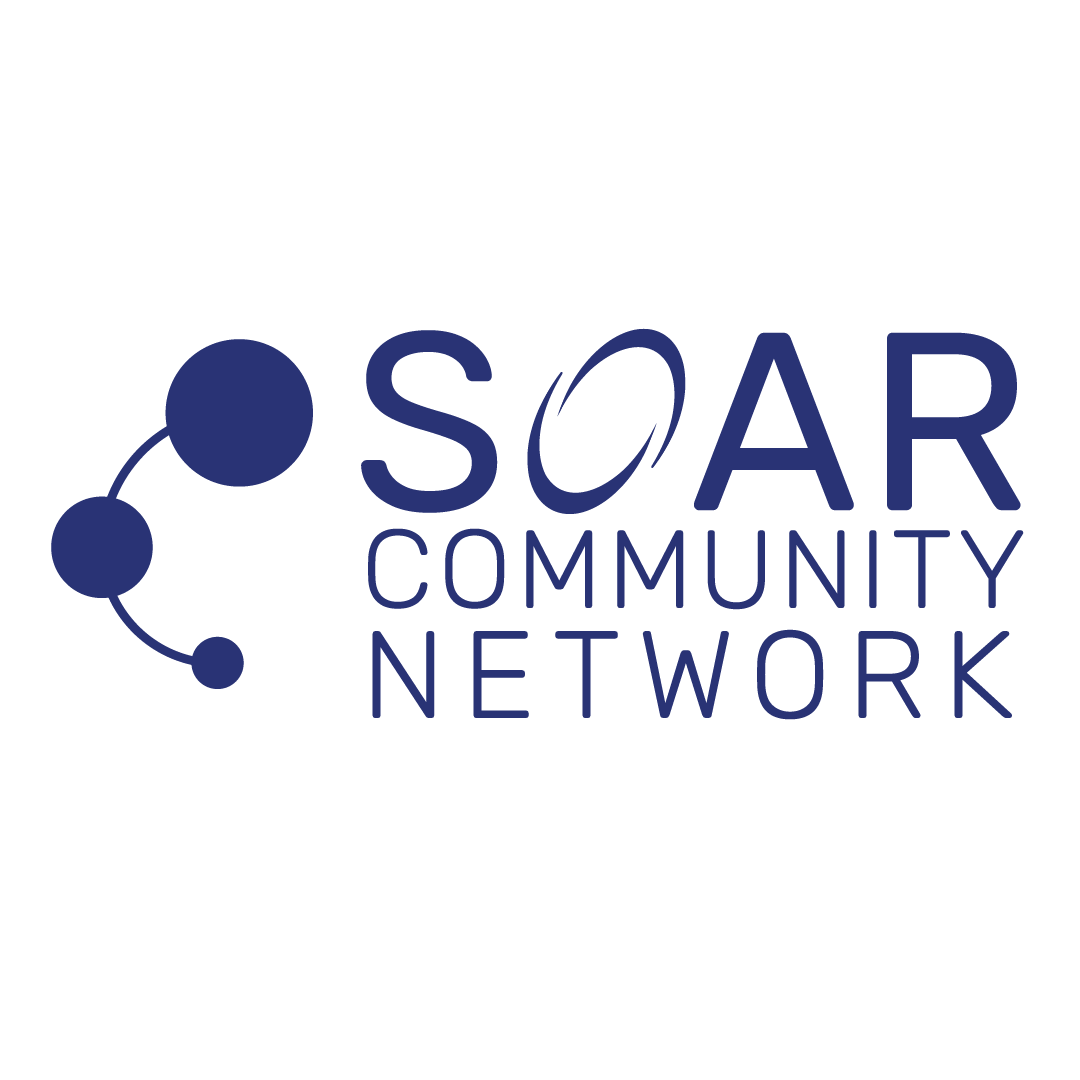Challenge:
When employee experience surveys consistently reflect concerns such as “I do not have the freedom to work in the way that will make me as successful as possible,” it indicates a significant challenge in organizational culture related to autonomy and empowerment. Such feedback often points to a structured environment where employees feel micromanaged or constrained by rigid processes, which can stifle innovation, reduce job satisfaction, and ultimately impede the overall success of the organization.
Solution:
To address these concerns effectively, organizations should consider implementing strategies that foster an environment of trust and empowerment, enabling employees to work in ways that best suit their skills and professional style.
- Embrace Flexible Work Styles: By allowing employees to have a say in how and when they complete their tasks, organizations can enhance job satisfaction and productivity. Flexibility can manifest in various forms, including adjustable working hours, remote work options, or customizable project approaches. You can use tools like the Hybrid Teams Profile tool described in this article.
- Focus on Outcomes Rather than Processes: Shift the focus from micromanaging how tasks are done to what the end results should be. Set clear goals and success metrics, and then give employees the freedom to achieve these in the way they find most effective. This approach not only empowers employees but also opens the door to creative solutions and innovations.
- Equip Your Team with the Right Tools: Ensure that employees are not just given the freedom to work independently but are also supported with the necessary resources and tools. This includes access to technology, ongoing training, and supportive leadership that is ready to assist when needed without taking over.
Action:
Implementing these solutions involves a structured approach to diagnose and address gaps in employee empowerment:
- Survey Employees: Utilize tools like the Employee Experience Diagnose solution to gather detailed feedback on areas where employees feel restricted or unsupported. This initial step helps in pinpointing specific issues related to autonomy and freedom within the organization.
- Develop a Tailored Action Plan: Based on the survey results, craft a detailed action plan that targets the identified issues. This might involve revising job roles, adjusting management techniques, or implementing new tools and resources that support independent work.
- Implement and Monitor: Roll out the new policies and practices designed to enhance employee autonomy and monitor their impact over time. This might involve regular check-ins, additional surveys, and feedback sessions to ensure that the changes are effective and that they are positively received by the team.
- Iterate Based on Feedback: Be prepared to make adjustments based on the outcomes and feedback from the ongoing monitoring. Continuous improvement will help refine the approach and ensure that it remains aligned with employee needs and organizational goals.
By taking these steps, organizations can create a work environment that truly empowers employees, enhancing their ability to work in ways that maximize their potential and contribute to the success of the company. This strategic approach not only improves job satisfaction and employee retention but also drives better business outcomes through increased innovation and productivity.

